Zambia travel tips: What you should know before you visit Zambia
We are proud members of the U.S. Peace Corps community and love to partner with our fellow Peace Corps Volunteers, who often have some of the best insights into the culture and authentic travel experiences available in their host country. We asked Lianne Bronzo, a recent Volunteer in Zambia, to share her expertise on travel in Zambia.
Africa is a massive continent hosting a great deal of diversity in terms of people, cultures, and landscapes. Then within each country is even more diversity and uniqueness. Zambia is no exception.
What is it like to travel in Zambia?
While the most famous landmark is Mosi-o-tunya (the smoke that thunders), most commonly referred to as Victoria Falls, there’s a plethora of pure beauty hidden in pockets spanning the country.
Zambia is about the size of Texas, but traveling between destinations can take much longer due to the road networks and conditions, but that means less construction and more natural landscapes. So even with the logistical challenges, those that choose to venture here will be rewarded with unique scenery and exciting wildlife among little to no tourist crowds.
Although there aren’t any beaches in the landlocked country, Zambia is drowning with rivers, lakes, waterfalls, and even a few natural hot springs.
Perhaps the best part about living in Zambia for the past two years has been getting to know some of the warmest people I’ve truly ever met. People are quick to smile and have taught me so much in terms of hard work, patience, and resilience. I must admit that Zambia is the most difficult place I’ve ever traveled due to the vast distances alone, but it is grossly underrated as a travel destination.
Zambia’s Highlights
Wildlife: Zambia is home to the all of the Big Five, in addition to an abundance of other majestic animals such as wild dogs. Some of the best places for wildlife viewing are South and North Luangwa National Parks, Lower Zambezi National Park, Kasanka National Park (specifically to experience the largest mammal migration in the world!), and Kafue National Park. One may find the safari costs and crowds much smaller than neighboring Tanzania.
Water: Lake Tanganikya, Lake Bangweulu, and Lake Kariba are some of the large bodies of water suitable for swimming, fishing, boat rides, or just lazing at the beach. The Zambezi River is also a popular spot for water activities.
If you’re itching to chase more than one waterfall, Northern Zambia has got plenty. Kundalila, Chishimba, Kalambo, Kabweluma, and Lumangwe are a few noteworthy waterfalls, but there are plenty more in the watery north. Ngonye Falls is another impressive site with falls spanning 1km in Western Province. Getting to these waterfalls can be tricky as there is little public transport, so hitchhiking, hiring a private taxi, bicycling, or self-driving are the only options. You will be rewarded for these efforts by likely being the only people there to swim in the delightful falls! Most of these places have basic camp sites as well.
Culture: 73 languages are spoken in Zambia and they all come with their own cultures and traditions. Some tribes have annual festivals such as the Bemba festival (Ukusefya pa Ngwena) and Lozi Kuomboka ceremony. Check out the Zambia Tourism website for details.
Where to Stay in Zambia
These are some of the best places to stay, recommended by Peace Corps Volunteers, around Zambia:
Where to stay in South Luangwa National Park: Marula Lodge – Affordable accommodations with a friendly staff and discounts for Peace Corps Volunteers!
Where to stay in Lusaka, Zambia: Lusaka Backpackers and Natwanga Backpakers are the most popular places for Peace Corps volunteers.
Where to stay in Livingstone, Zambia: Many of the backpacker places are more or less the same. Cafe Zambezi, Fawlty Towers, Jollyboys Backpackers, and Livingstone Backpackers are the most popular spots.
I recommend Fawlty Towers in Livingstone because they have a nice garden area and pool in the back and offer a free shuttle bus to Victoria Falls.
Where to stay in North Zambia: Lake Chila Lodge is a popular spot for the Mbala volunteers up North. It’s a good stopping point when visiting Lake Tanganikya and Kalombo Falls.
Samfya Marines Beach Lodge is popular amongst volunteers, but may be a bit on the expensive side. It has as private beach.
If you must stop in Nakonde, I recommend Muchinga Exquisite Lodge for a safe and cheap place. I don’t recommend Nakonde at all, but some people stop over en route to Tanzania if traveling by land and not the train.
Practical Zambia Travel Information
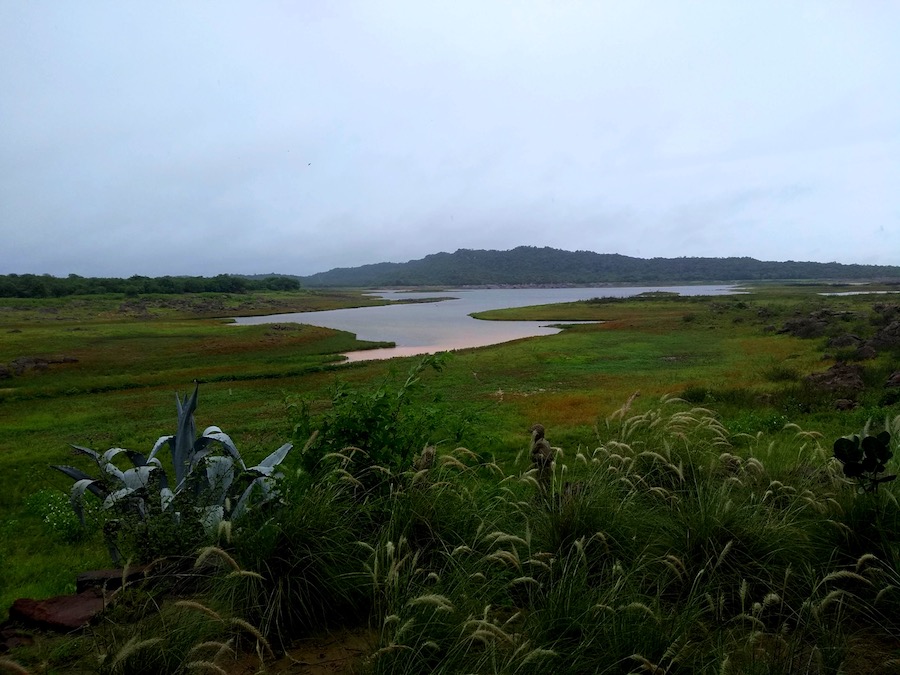
When to visit Zambia
May – July: Cool dry season. You won’t see a drop of rain, but it can get quite chilly at night in Lusaka.
August – October: Hot dry season. Fields burn to prepare for planting season to add more to the heat. October is especially brutal, though the dry season is a good time for wildlife viewing. Victoria Falls may not be as powerful toward the end of the dry season.
November: First half is dry and then the rains trickle in toward the end of the month, depending on the region (the north is wetter than the south). This is the best time to view the bat migration at Kasanka National Park.
December – April: Rainy season. Vibrant green landscapes and mangoes litter the ground, though wildlife is more difficult to spot. Some unpaved roads become impassable during heavy rains.
Costs in Zambia
Like most destinations, budgets can vary wildly. Barebone backpackers can survive on as little as $30 USD per day but the sky is the limit for those seeking luxurious experiences. Most people will find a suitable budget to meet their comfort levels.
Average costs as of March 2020:
A bottle of local beer: K10 ($0.66 USD)
A filling Zambian meal of nshima (thick maize porridge), fish, and vegetables: K25-50 ($1.60 – $3.20 USD)
A western meal: K60-150 ($4 USD – $10 USD)
A bed in a dorm room: From K100 ($6.60 USD)
A double bed in a very basic lodge: From K150 ($9.95 USD)
A comfortable private room in a nicer lodge: From K300 ($19.90 USD)
A bus from Livingstone to Lusaka: From K200 ($13.27 USD) but constantly changing due to gas prices
Communication: Cell phones in Zambia
If you have an unlocked phone, it’s easy to get a SIM card for less than a dollar, though you will need to show your passport. From there, you can buy Talk Time to add money for purchasing minutes and data at affordable prices. 4G is available in cities, but the network is spotty otherwise. Airtel and MTN are the two main providers. WiFi isn’t very common.
Getting Around Zambia
Transport will be a large chunk of your budget as well as time spent in the country. But remember that it’s all part of the journey and worth it if you have the time!
Bus: Large “luxury” buses shift people between all major cities with only a few stops, so moderate your fluids intake on long rides! They generally leave on time and it is advisable to purchase tickets at the station the day before. By law, buses are not allowed to operate at night for safety reasons. Gospel music is often played loudly on the bus, so bring some headphones or ear plugs if you are sensitive to loud music.
Mini-bus: They only leave when full and make frequent stops along the journey, so this option can be longer and less comfortable than the bus even though the prices are comparable.
Train: There are slow passenger trains from Livingstone to the Copperbelt as well as the TAZARA from Kapiri-mposhi all the way to Dar es Salaam, Tanzania. The trains are notorious for being late, but it is an affordable and safe option for those who have the time and genuinely enjoy train travel.
Air: Small planes fly between Lusaka and tourist spots like Livingstone and Mfuwe. It is also possible to charter flights if you’ve got the cash but not the time.
Taxi: Private taxis can be expensive, but cost-effective if split between a group. I recommend using the Ulendo app, which is similar to Uber, when moving within Lusaka.
Self-drive: For freedom and flexibility, rent a car to drive yourself. Some tarmac roads can be laden with potholes and are quite narrow, so it can be intimidating to share the road with semi-trucks. It is not advisable to drive at night. A 4WD is recommended if you plan to veer off the tarmac. Don’t always trust Google maps in terms of travel times – it often will be slower. And remember to drive on the left!
Hitchhiking: I don’t officially recommend hitchhiking, but if you are comfortable doing it and have prior experience, you’ll find it relatively easy and safe hitching in Zambia. Catching lifts is a common form of transportation among locals, especially in areas that lack sufficient public transport. It is standard to pay a fee to the driver, but it is often less than what the bus would cost and significantly more comfortable. Semi-truck drivers are the most likely to give lifts but private vehicles do as well. I’ve met some interesting people while hitchhiking around Zambia. As always, use your best judgment and exercise caution.
Zambia’s Languages
English is one of the official languages and should fare a traveler well in most towns and tourist places in Zambia. However, there are 73 local languages and cultures throughout the country. People generally appreciate it when a foreigner tries to speak the local language, but it can also be insulting to come at somebody using a language that they don’t speak.
Here’s a general breakdown of the most popular languages in the regions that should be safe to use, but again, there is so much variation even within these provinces.
Lusaka: English, Nyanja. Honestly a little of everything!
Southern Province: Tonga
Western Province: Lozi
Eastern Province: Nyanja
Central, Luapula, Muchinga, Northern, and Copperbelt Provinces: Bemba
Northwestern Province: Kaonde
Cultural things to know and travel etiquette in Zambia
Cultures vary greatly between tribes, but here are a few general tips that are useful for visitors to know:
– Traditionally, greetings are of utmost importance. When you pass someone in the rural area, acknowledge each other’s presence with a greeting. This isn’t practiced so much in towns, but it’s still important to say hello and how are you before getting right down to business.
– Both men and women should wear long skirts or pants as thighs are sexualized body parts.
– Zambia is a Christian nation, so transport can be trickier on Sundays and some businesses may be closed.
– Eat and shake hands with your right hand only.
– Tipping is not expected but always appreciated.
– If somebody calls you fat, it is a compliment, so try with all of your soul not to feel bad about it. I am a small Asian girl and got called fat on several occasions, though by people I know and not just strangers.
– Be mindful about taking photos of people. First, ask yourself what the purpose of the photo is, if you would take such a photo of a random person in your home country, and what will be done with that photo. Ensure you ask for consent.
Is Zambia safe for travelers?
Zambia is generally peaceful and a very safe place to be. Like anywhere, always exercise caution, especially in towns at nighttime. Try to avoid walking alone at night. Take trusted taxi drivers. Don’t flash around your valuables. You know, basic safety stuff you’d do at home!
It is pretty safe for a woman to travel solo in Zambia, but cat calling and harassment are not uncommon in busy areas. I sometimes feel uncomfortable being squished amongst men in public transport, so opt to sit in the front near the driver if possible. Befriending a woman nearby not only helps alleviate the situation if someone is bothering you, but Zambian women are generally strong and cool to get to know!
Homosexuality is illegal in Zambia unfortunately. LGBT travelers may find it difficult to have to hide their identity. Since I cannot speak to the experiences of LGBT individuals, I asked a friend what his advice would be for queer travelers in Zambia. He advised to avoid public displays of affection (this goes for hetero couples as well). If you want to be extra cautious, disable dating apps. He also mentioned that nose rings may be a signal for homosexuality, so taking it out may be a good idea, particularly if you are male-identifying.
Staying Healthy
I am not a doctor trained to give health advice, but it is a good idea to do your research and perhaps see a travel doctor before coming to the region. Some concerns travelers may encounter are malaria, tuberculosis, Bilharzia, giardia, and traveler’s diarrhea.
Some medications can be found locally and are cheaper here than your home country. Prevention is key! Opt to stay at places that have bed nets, drink clean water, and keep a small medical kit with a thermometer and malaria test kit. Oral rehydration solution packets can also be handy.
*Take 10% off any travel-size bug spray at rangerready.com with code IntentionalTravelers10 >
General Zambia Travel Tips
– Always travel with toilet paper, hand sanitizer, and small change. Sometimes it can be difficult to break 100 kwacha bills.
– Look out for citenge material or traditional fabric. You can get clothes and accessories tailored affordably. Makes for a great souvenir or gift!
– When at produce markets, it is standard to ask for a “top up” if you buy a lot of things. Just say “mbasela?” and the vendor may laugh and throw in an extra banana.
– You must pay for plastic bags at many supermarkets, so that’s another incentive to carry around a reusable bag!
– Download the iOverlander app for information about landmarks and accommodation. It’s helpful even if you are not driving in the region.
– Join the Mzungu group chats to connect with fellow travelers in the region.
– If you haven’t already, educate yourself about the white savior complex and poverty porn and keep these in mind if you are seeking to volunteer or go on “village tours” in the region.
Mwaiseni ku Zambia! Welcome to Zambia.
✈️ Protect your Zambia trip with Travel Insurance – We’ve started using Nomad Insurance by Safety Wing for affordable evacuation, international medical, and trip coverage.
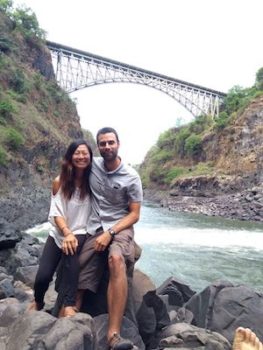 About the Author: Lianne is a Korean-American adoptee who returned “home” to teach, travel, and discover who she is. She and her boyfriend, Adam, are avid budget travelers. They have lived overseas for several years in South Korea, traveling around Asia and Australia, and served as Peace Corps Volunteers in rural Zambia from 2018-2020.
About the Author: Lianne is a Korean-American adoptee who returned “home” to teach, travel, and discover who she is. She and her boyfriend, Adam, are avid budget travelers. They have lived overseas for several years in South Korea, traveling around Asia and Australia, and served as Peace Corps Volunteers in rural Zambia from 2018-2020.
You might also like:
– 6 Places You Must Visit in Malawi
– Off the Beaten Path Small Town Digital Nomad Destinations
– A Quick Guide to Couchsurfing
– 5 Selfish Benefits of Peace Corps
Like this post? Pin it for later or share with friends!


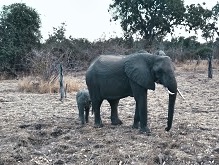


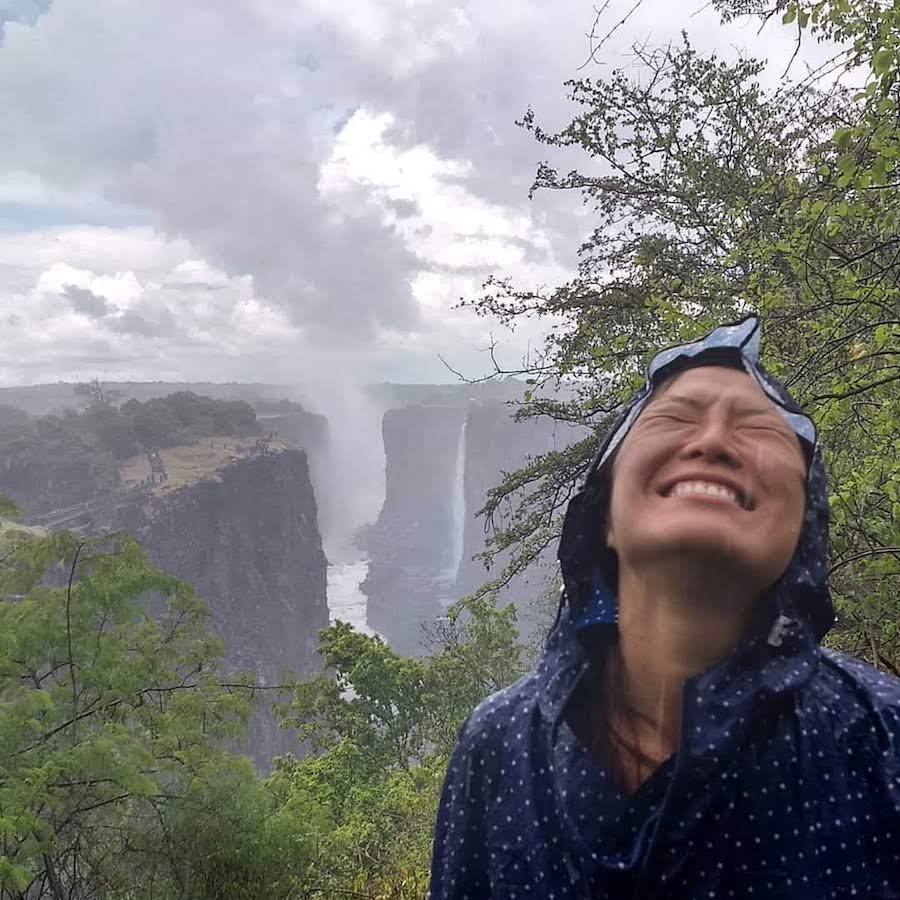
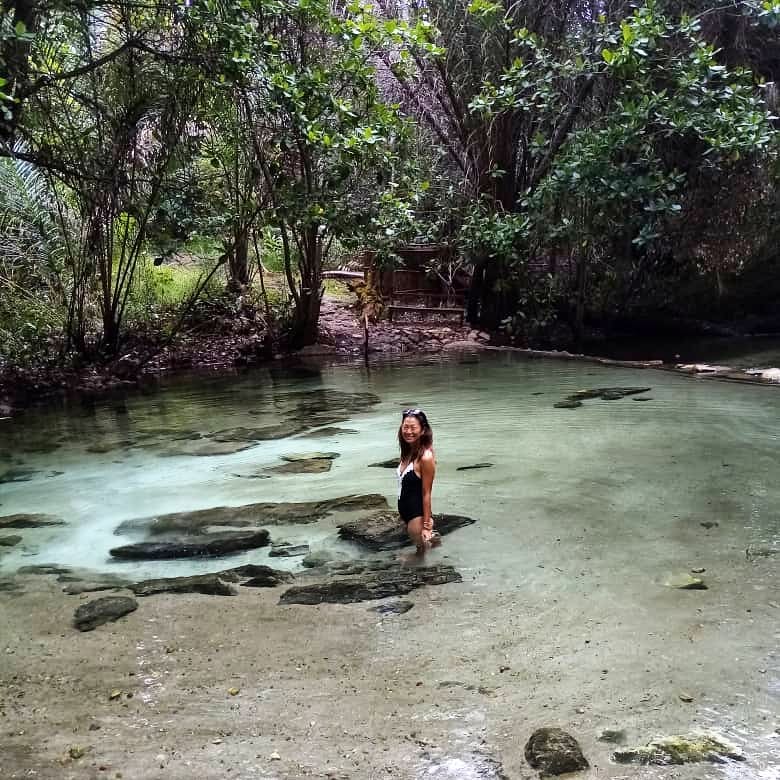
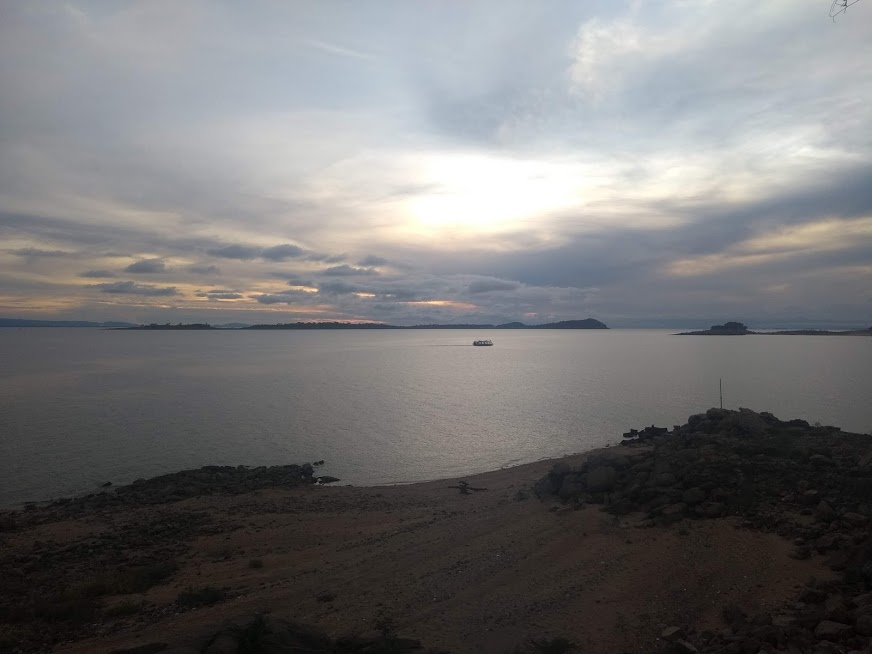
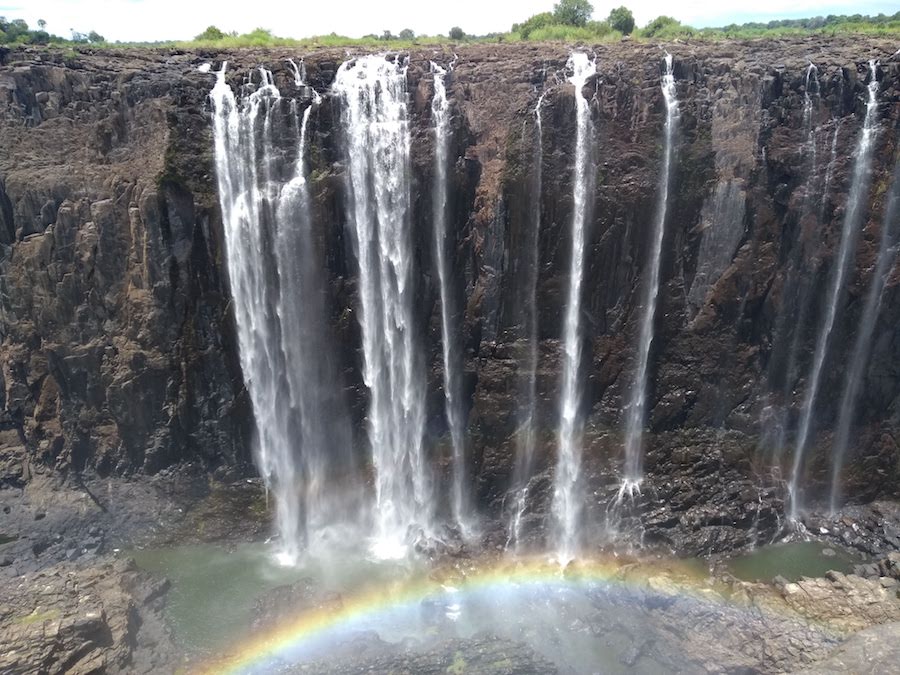

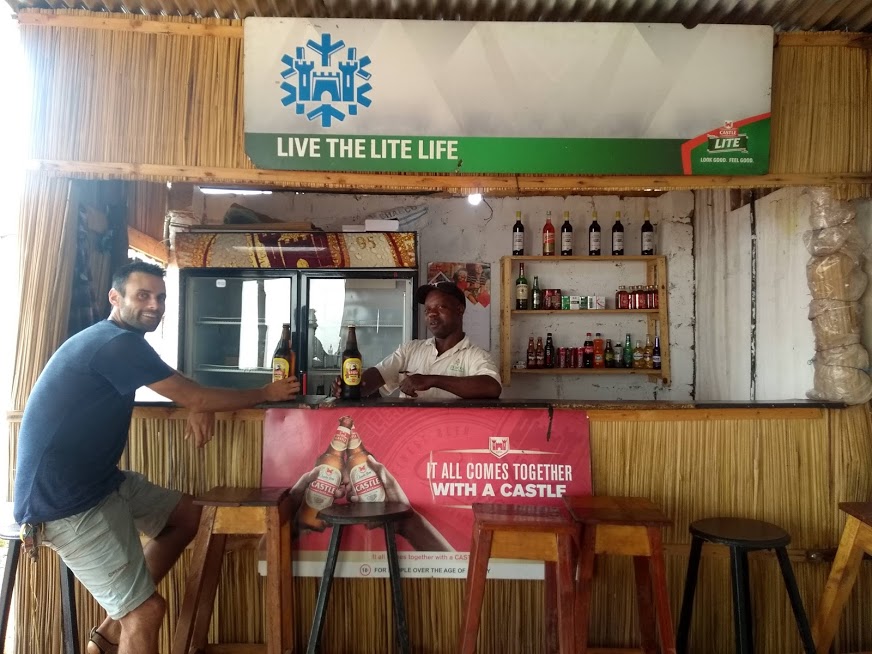
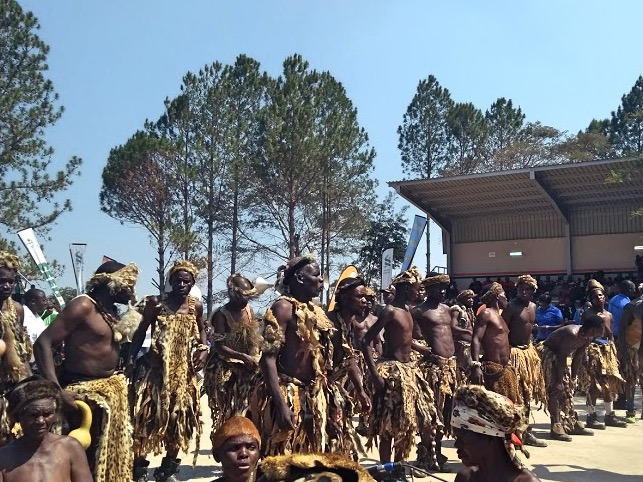
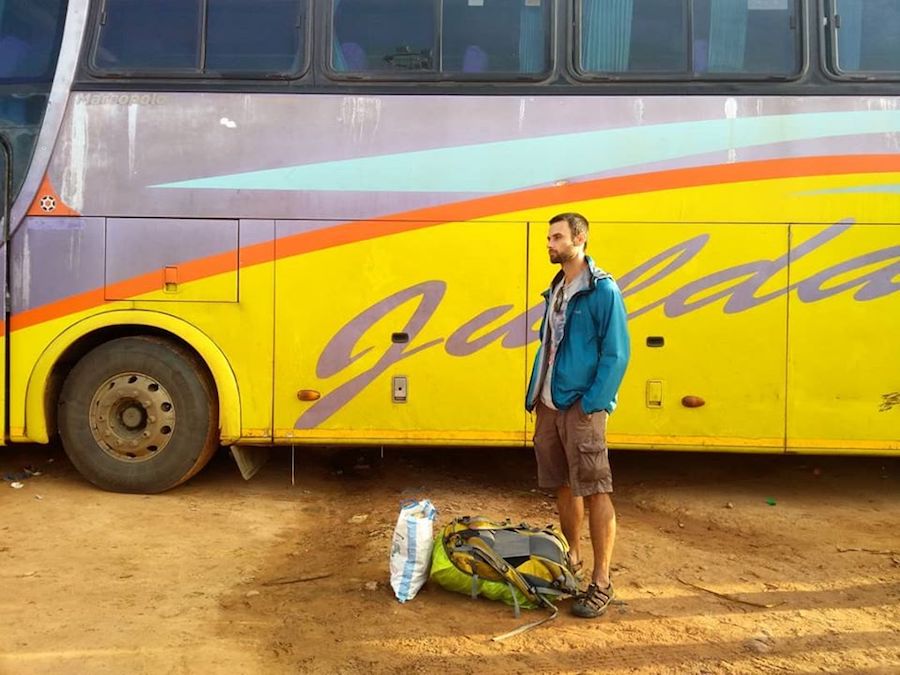
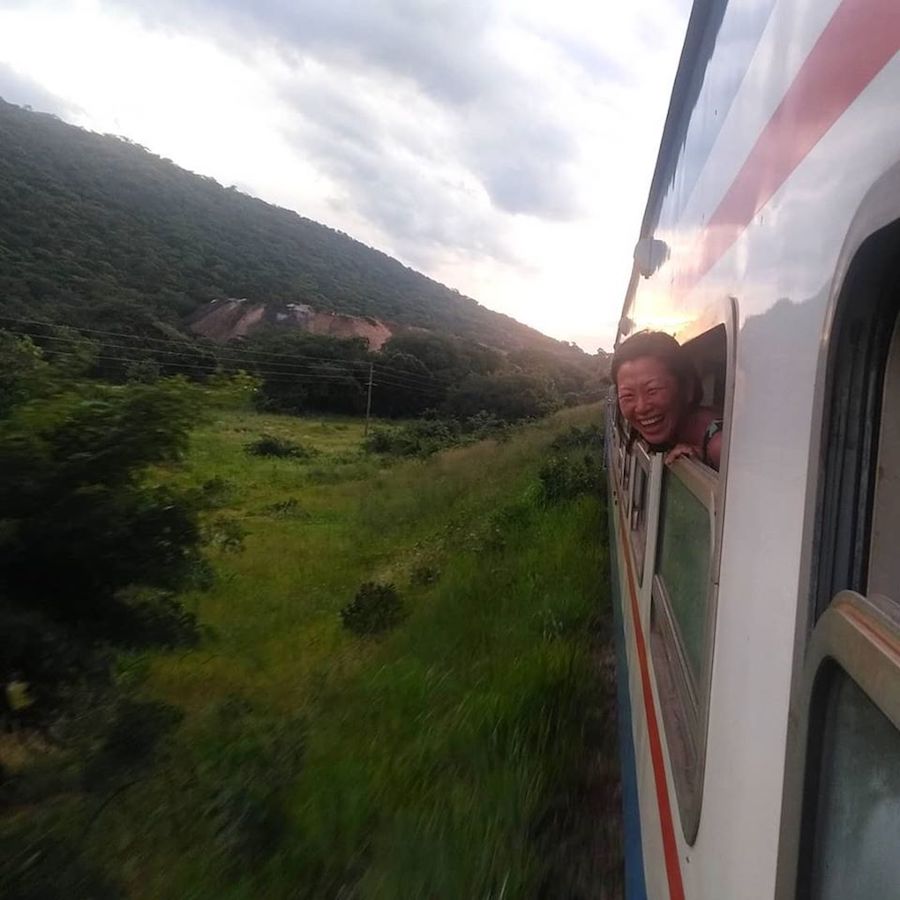
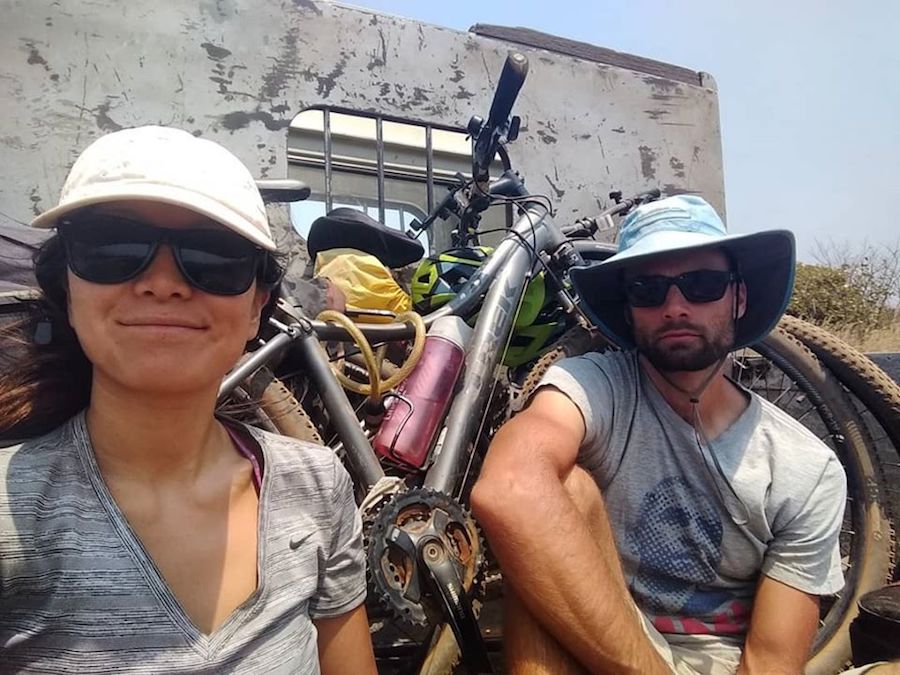
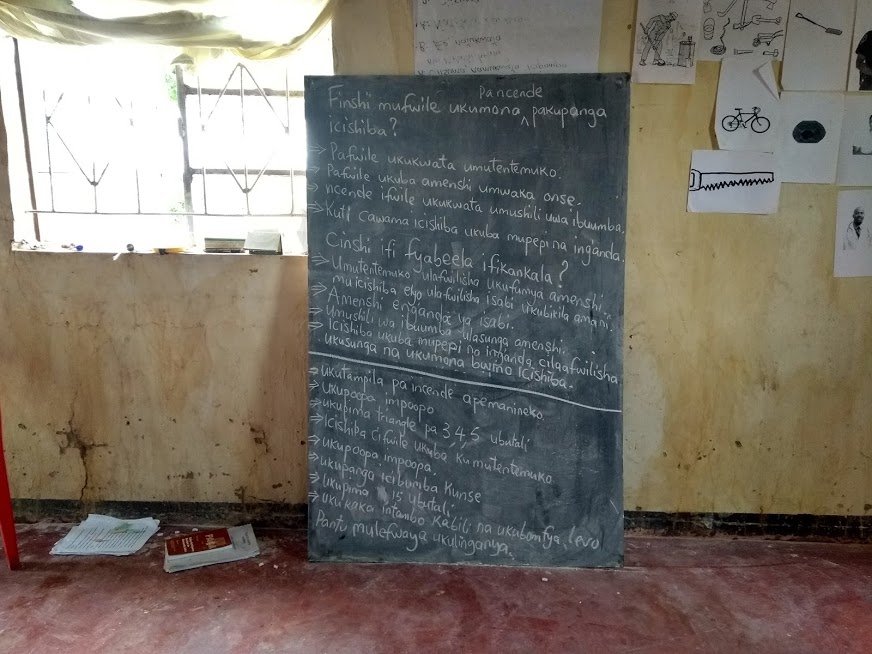

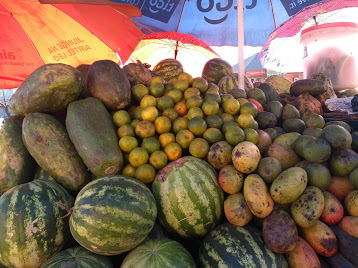
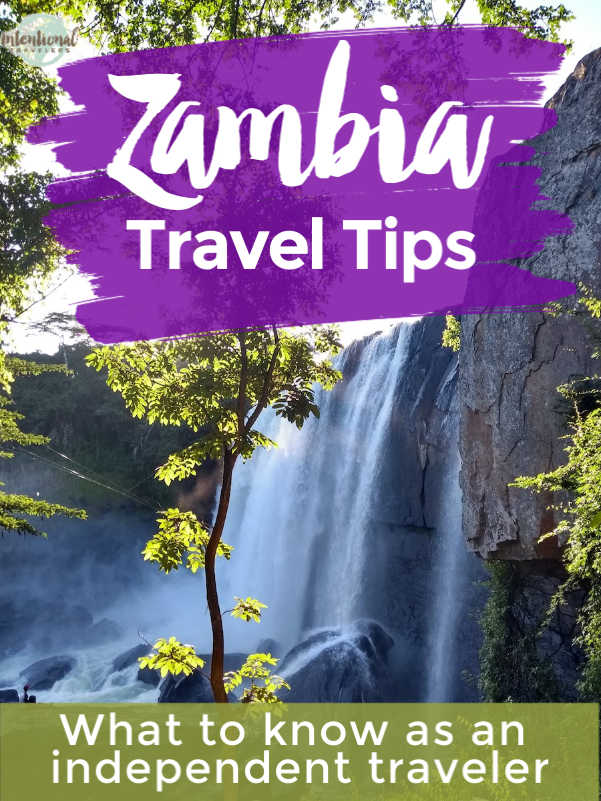
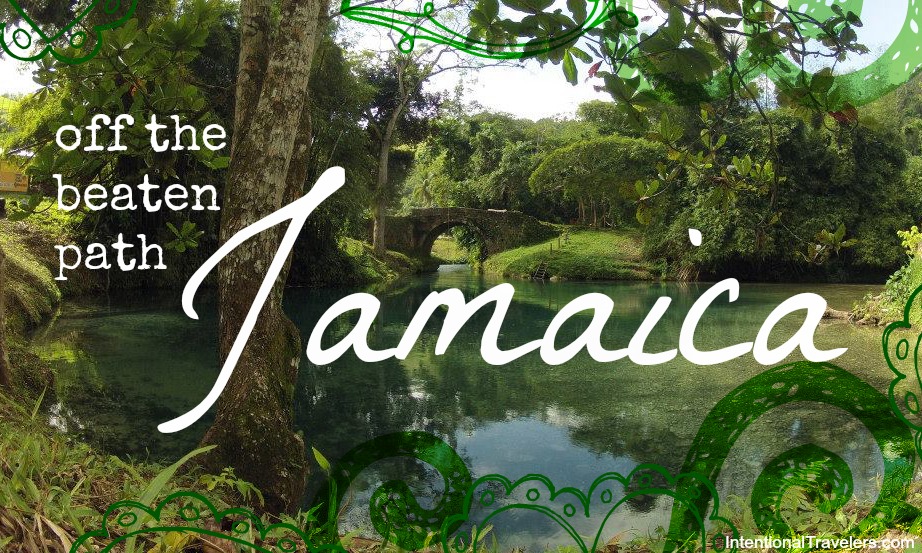
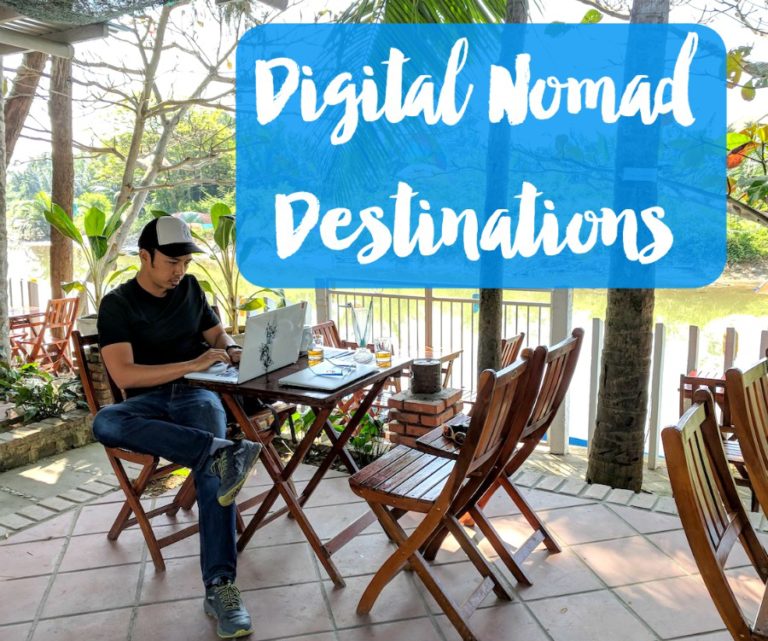
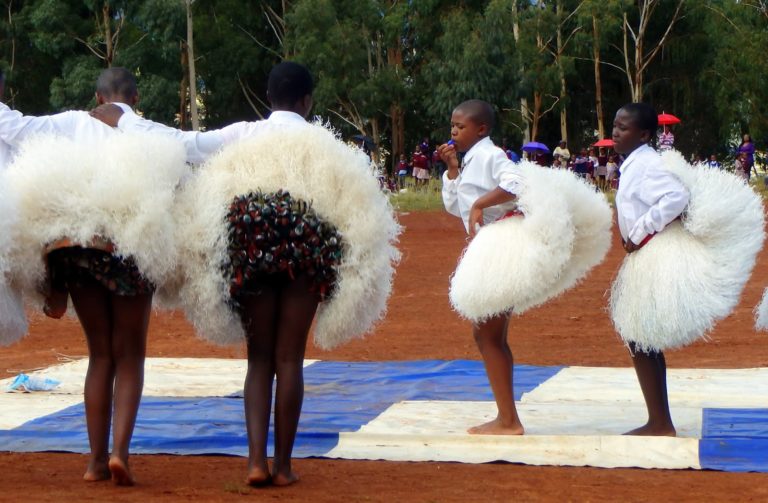
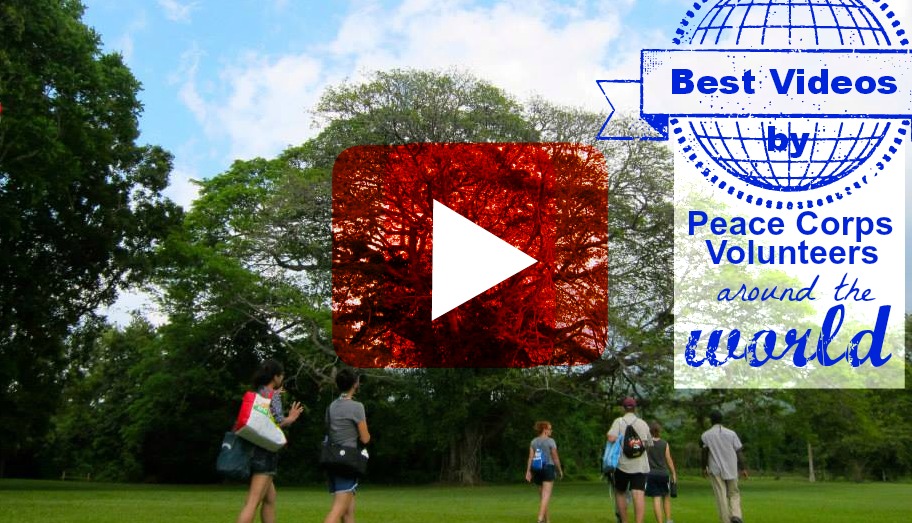
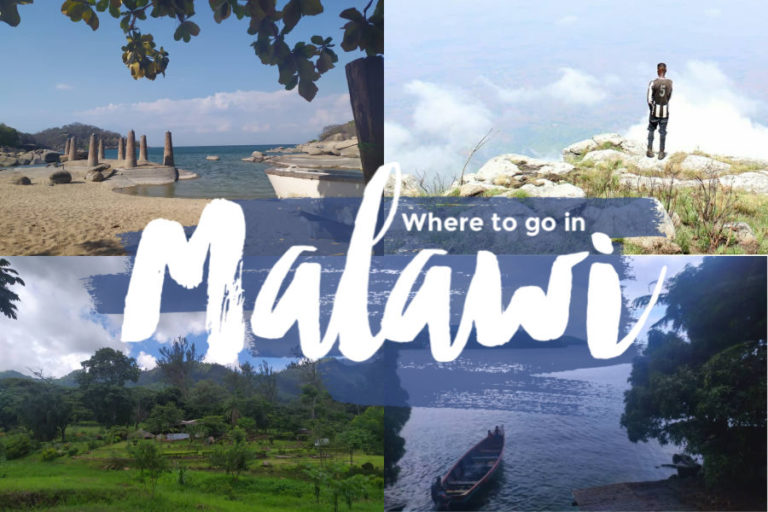
I have just been invited to a wedding in Zambia by a friend and your article answered a lot of my questions about dress and travel. Thank you for sharing your knowledge! 🙂
Zambia is the least place I would consider as a travel destination. However, your post has enlightened me on fun things to do on my visit
ZAMBIA is situated in Central Africa, your headline states east Africa.
Hi and thanks for visiting our blog and taking the time to write. Can you share more specifically where you are seeing that error in our post? I’m not finding it in the title, headings, or anywhere else in our text.